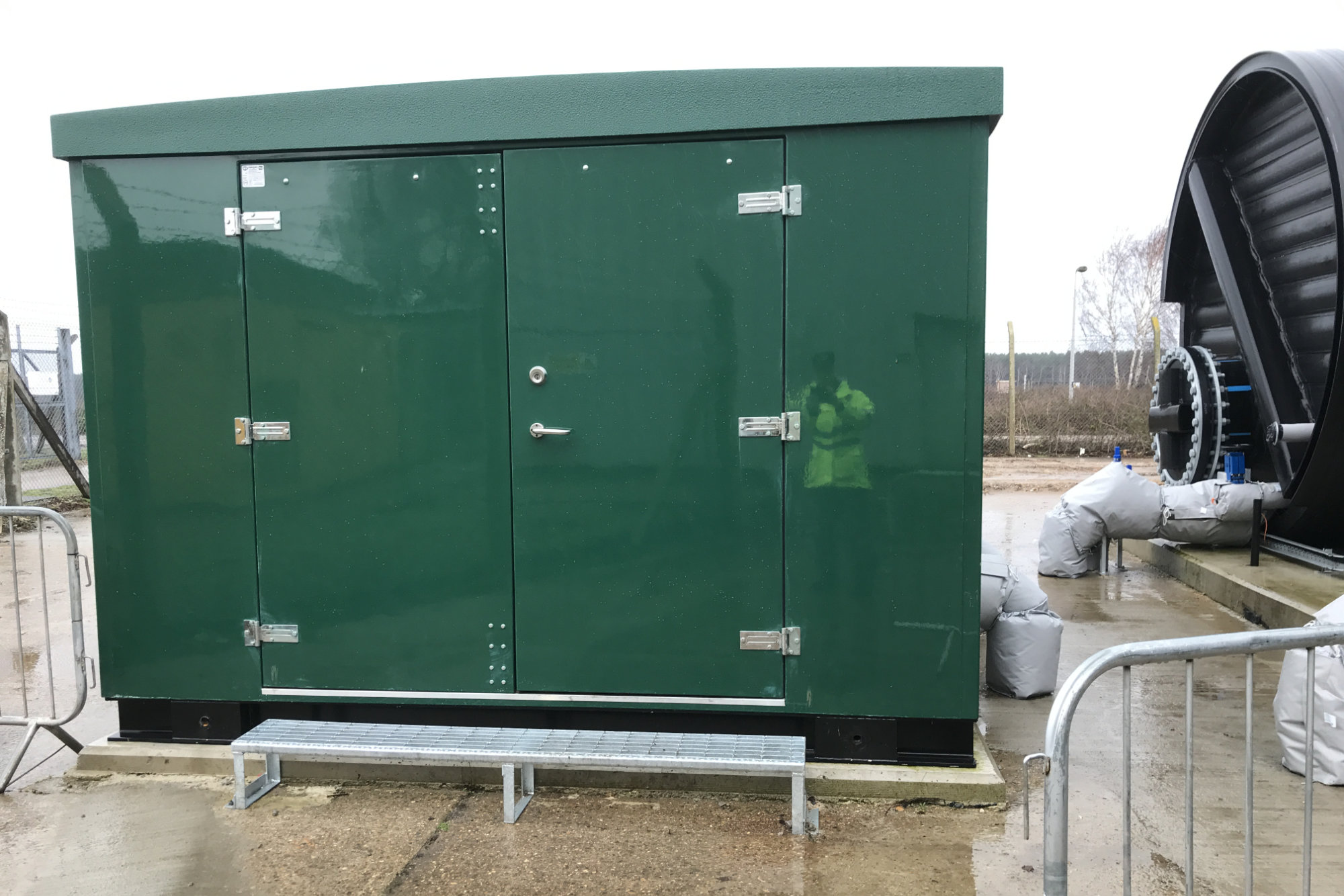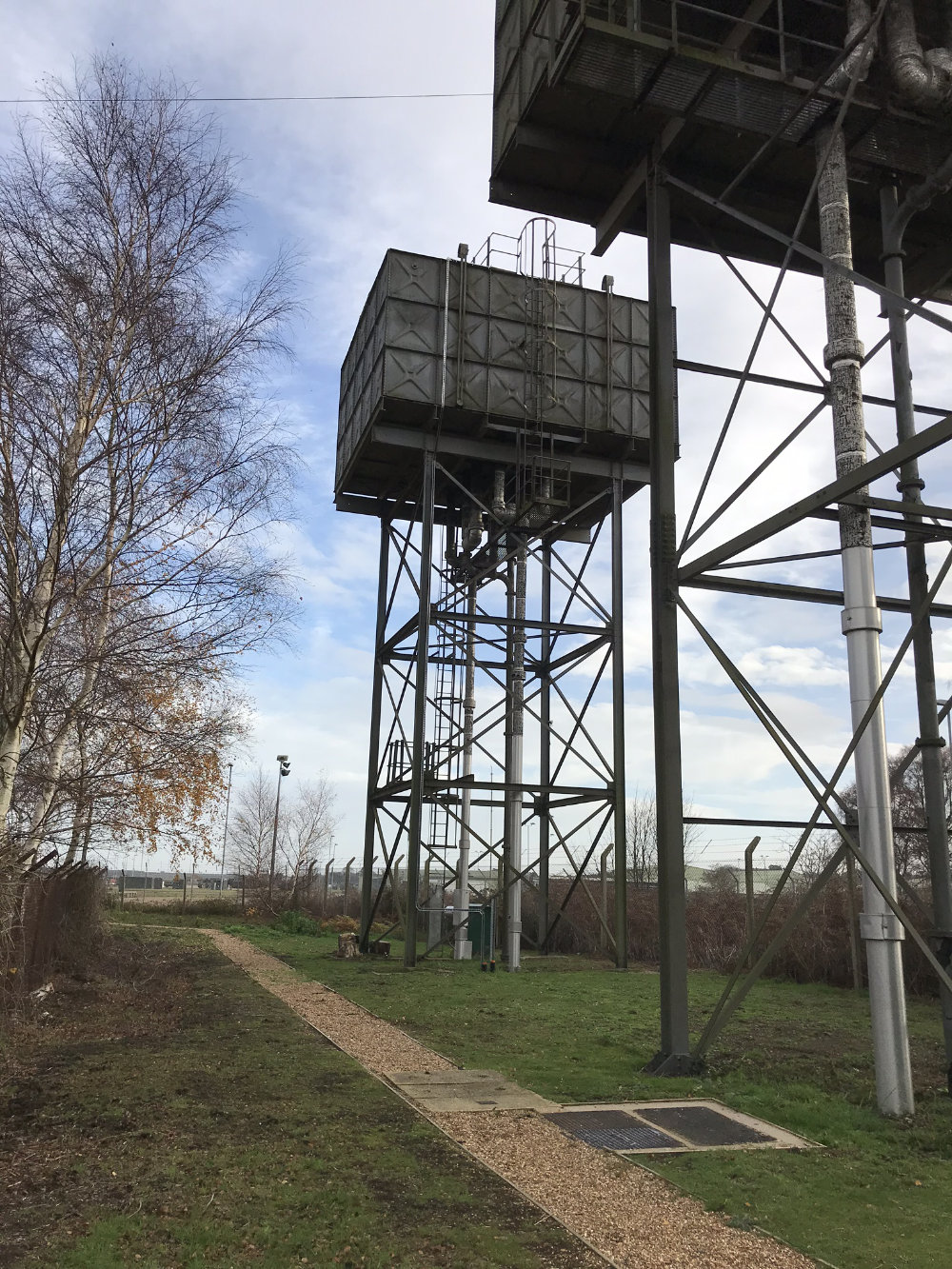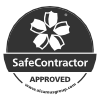Severn Trent Services looks after thousands of water and wastewater assets for customers across the UK.
Over and above making sure they’re working properly; customers are also promised that assets are left in a better condition than when the team found them.
Making sure this promise becomes a reality is the job of many. However, spearheading the Asset Condition Grading (ACG) Programme is Teresa Halliday (Reporting Lead), Pete Dignan (Strategy Engineer), and Mark Waite (Systems Analyst).
Pete says: “I love seeing the asset transformations our teams deliver. Not only do we see the asset grades improve, but the photographic evidence is so powerful. It’s very motivating to see the proof of the legacy we’re leaving as a company.”
How asset condition grading works
A water or wastewater asset can vary from a septic tank in a farm serving a handful of people, to a water treatment works that serves thousands. And everything in between.
Teresa says: “Pete and the team have created standard survey questions for every type of asset. This enables our field technicians to go out and assess the condition of an asset in a consistent and objective way. If the customer allows, we also take photos.
“Not only does the customer get an asset condition grade, but they might also get details – and evidence – of problems that we can help to fix.”
Assets are given a grade between one and five. One means they’re as good as new. Five means they’re unusable. The time it takes to grade an asset can vary enormously depending on its size and purpose.
Pete adds: “When the team grade an asset, they’re typically looking at two things. Firstly, the buildings and civil engineering side of things. In other words, the structure of the asset. Secondly, the mechanical and electrical elements of an asset. In essence, the things that move.
“Take a pumping station for example. You might be looking to make sure the structure is safe and weather tight. At the same time, you might also be looking to see if the electrical control panel is complying to latest regulations.”
Transformation towers!
The photographs in this article – provided by Teresa and Pete – show water towers that were in a poor condition. The steel support structure was corroded, and the water tanks themselves needed to be refurbished to maintain water quality standards.
The team completed a feasibility study and decided that instead of refurbishing the existing towers, it would be better to demolish them and replace them with brand new tanks and a water pumping station.
A backup generator was also provided to guarantee a supply of water if ever there was a power cut.
Pete adds: “The ground level tanks are safer for our operators to maintain, as there’s no longer a need to climb the water towers.
“To enhance the local environment, we reused some of the pallets and packaging that came with the delivery of the new equipment – along with grass, leaves, and sticks collected from around the site – to build ‘bug hotels’ too.”
Taking care of assets to safeguard the future
Scheduling and deploying the grading and maintenance of thousands of assets, at the right time, and in line with customer and regulatory expectations is a mammoth undertaking.
Teresa comments: “We’ve been doing this work for so long now that we’ve got a tried and tested system in place that ensures we never let our customers down. But we’re always learning new things.
“Our Asset Condition Grading (ACG) Programme makes sure that assets work properly. This protects both human health and river health. It also safeguards our future because when we transform the condition of our customer’s assets, they continue to do business with us.”












